Archives
- 2018-07
- 2019-04
- 2019-05
- 2019-06
- 2019-07
- 2019-08
- 2019-09
- 2019-10
- 2019-11
- 2019-12
- 2020-01
- 2020-02
- 2020-03
- 2020-04
- 2020-05
- 2020-06
- 2020-07
- 2020-08
- 2020-09
- 2020-10
- 2020-11
- 2020-12
- 2021-01
- 2021-02
- 2021-03
- 2021-04
- 2021-05
- 2021-06
- 2021-07
- 2021-08
- 2021-09
- 2021-10
- 2021-11
- 2021-12
- 2022-01
- 2022-02
- 2022-03
- 2022-04
- 2022-05
- 2022-06
- 2022-07
- 2022-08
- 2022-09
- 2022-10
- 2022-11
- 2022-12
- 2023-01
- 2023-02
- 2023-03
- 2023-04
- 2023-05
- 2023-06
- 2023-07
- 2023-08
- 2023-09
- 2023-10
- 2023-11
- 2023-12
- 2024-01
- 2024-02
- 2024-03
- 2024-04
- 2024-05
- 2024-06
- 2024-07
- 2024-08
- 2024-09
- 2024-10
- 2024-11
-
Why do glutamate and glycine bind to the
2024-08-09
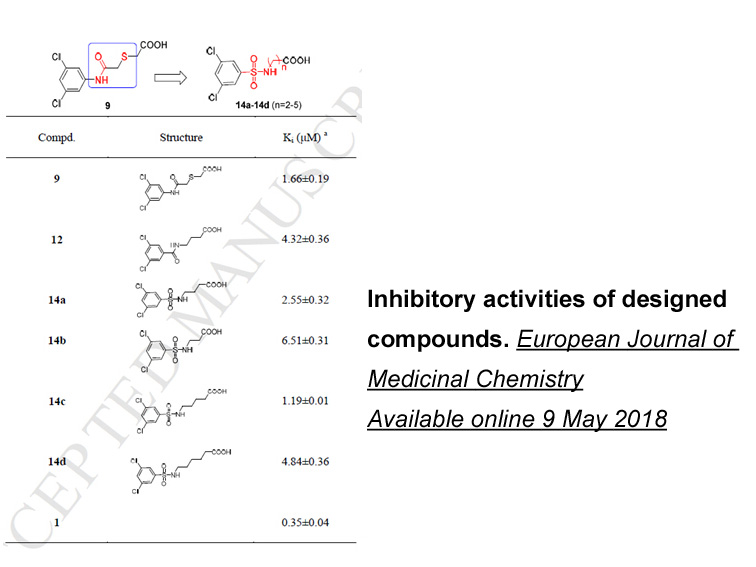
Why do glutamate and glycine bind to the Macitentan in such different ways? Given the overall structural similarity between the GluN2A and GluN1 LBDs, one might conclude that the LBDs also bind ligands via similar processes. NMDA receptors with engineered disulfide linkages that lock the GluN1 lobes
-
Apelin is a peptide hormone and an endogenous ligand
2024-08-09

Apelin is a peptide hormone and an endogenous ligand for a G protein-coupled receptor named APJ [7], [8], and apelin and APJ are widely expressed in human organs including hypothalamus, heart, lungs, kidneys, adipose tissue, muscles, and others [9]. Apelin is initially synthesized as a 77-amino-acid
-
br Materials and methods br Results and
2024-08-09
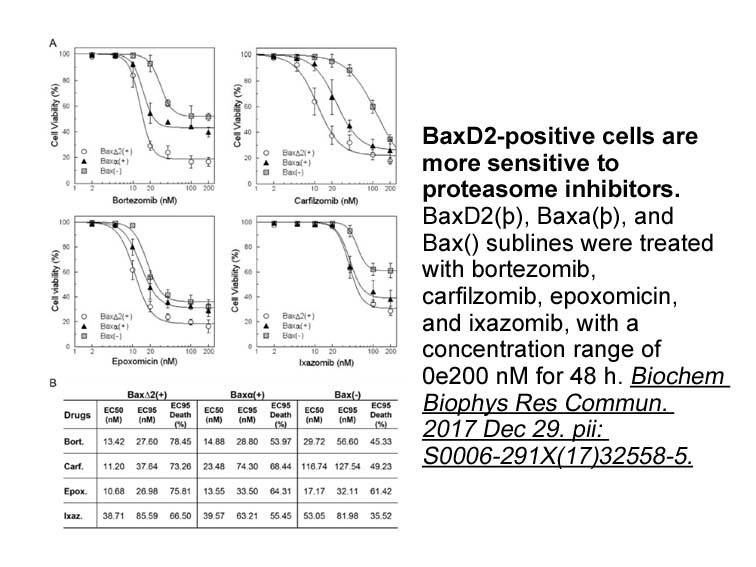
Materials and methods Results and discussion Conclusion Funding This work was supported by the Canadian Institute of Health Research (CIHR) [grant number FDN-148413] to PS, the National Science and Engineering Research Council of Canada (NSERC) [grant number CRD-399680] to ÉM, and the FR
-
br Experimental section br Acknowledgment S
2024-08-09

Experimental section Acknowledgment S.B.T. is grateful to the Deutsche Forschungsgemeinschaft (DFG), the Wilhelm Sander-Stiftung and Interdisciplinary Center for Molecular Materials (ICMM) for generous research support. M.M. greatly acknowledges the experimental support and the scientific cont
-
br Antifungal resistance what is
2024-08-09
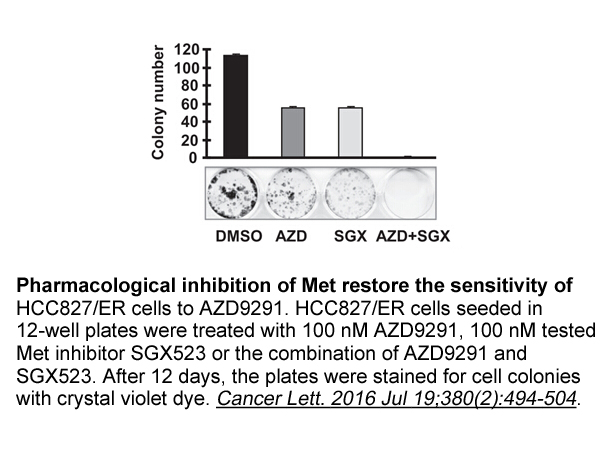
Antifungal resistance, what is in a name? Antifungal resistance is an emerging and hot topic in the field of medical mycology. Microbiological resistance is identified by determining minimal inhibitory concentrations (MICs) in vitro for a given antifungal and interpreting this value according to
-
The first and the best characterized mechanism of receptor d
2024-08-09
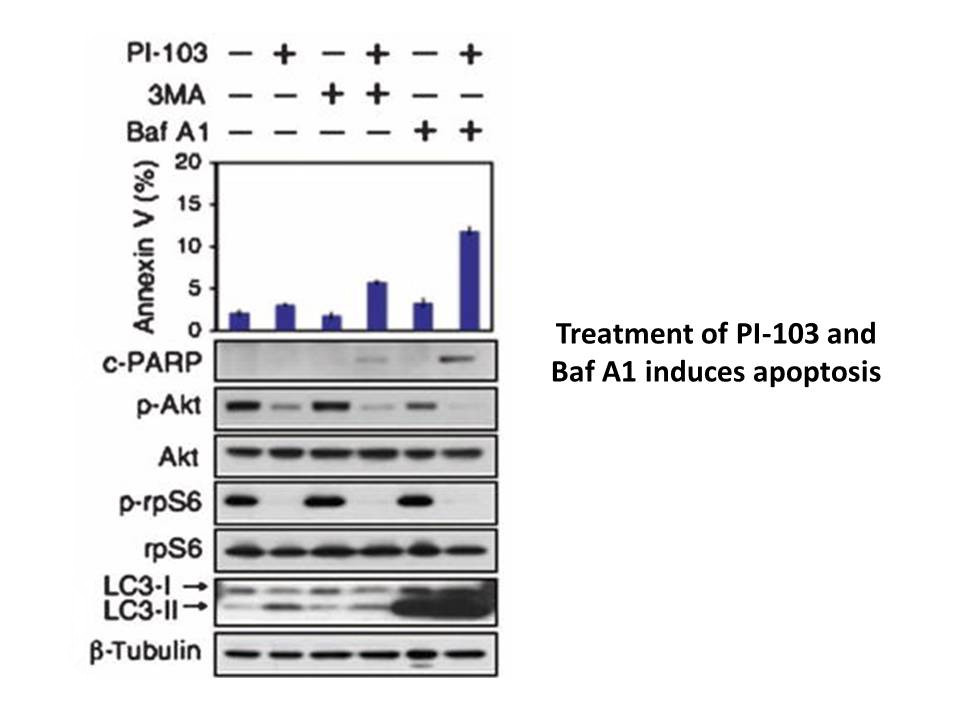
The first and the best-characterized mechanism of receptor-dependent internalization of Aβ is mediated via the α7-nicotinic antibiotics receptor [82]. Lipoprotein receptor protein represents the second best-studied route that facilitates the uptake of Aβ by neurons, involving additional molecules su
-
Calcium entry through postsynaptic NMDARs activates
2024-08-09
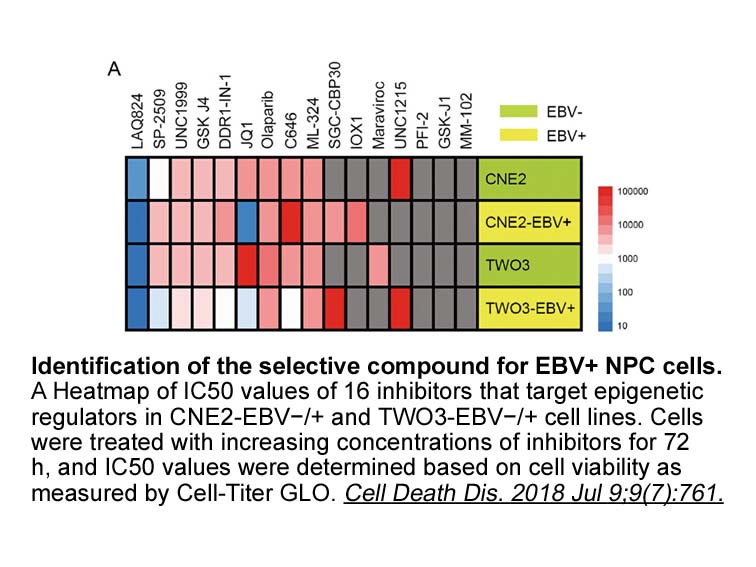
Calcium entry through postsynaptic NMDARs activates intracellular signaling cascades including Ca2+/calmodulin (CaM)-dependent protein kinase II (CaMKII) and calcineurin. The spatiotemporal abundance of this Ca2+/CaM complex determines the direction of synaptic plasticity, resulting in LTP (Malinow
-
KW 3902 br Introduction Our ability to see our surrounding
2024-08-09
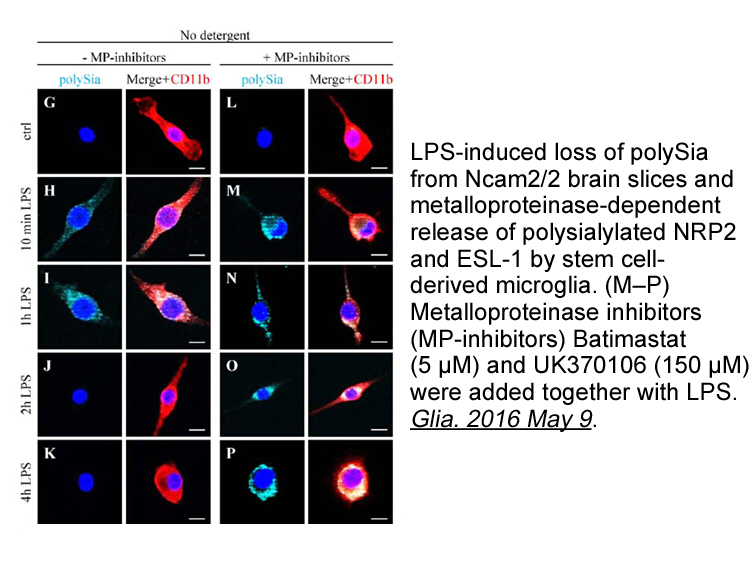
Introduction Our ability to see our surrounding relies directly on the integrity of the anatomical structures composing our eyes. One of these key components is the cornea, consisting of the outer layer of the eye. Its transparency is crucial for light transmission to the retina and allows proper
-
Within the PARP family TIPARP is most
2024-08-09
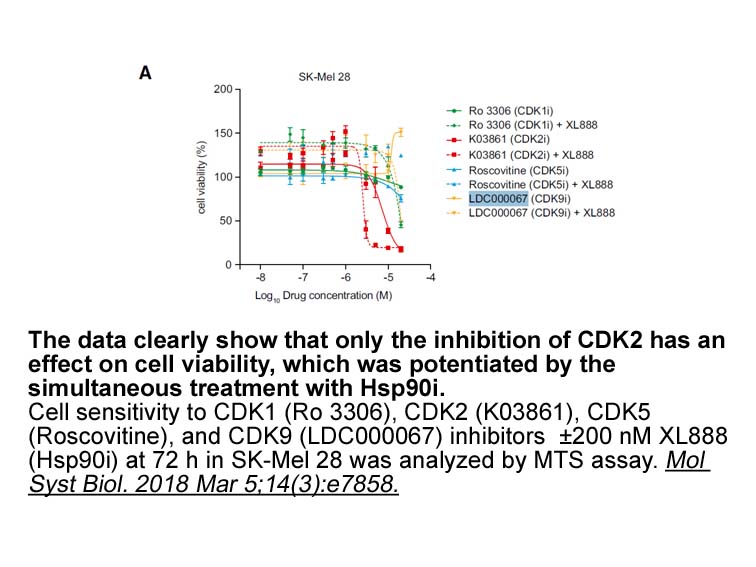
Within the PARP family, TIPARP is most evolutionarily conserved with PARP12 (ARTD12) and PARP13 (ARTD13) [27,28,41]. All three proteins contain at least one RNA-type CCCH zinc finger domain, a poly-ADP-ribose binding WWE domain and a PARP catalytic domain (Fig. 1). PARP13 is catalytically inactive,
-
In fact serotonin is a major modulator
2024-08-08
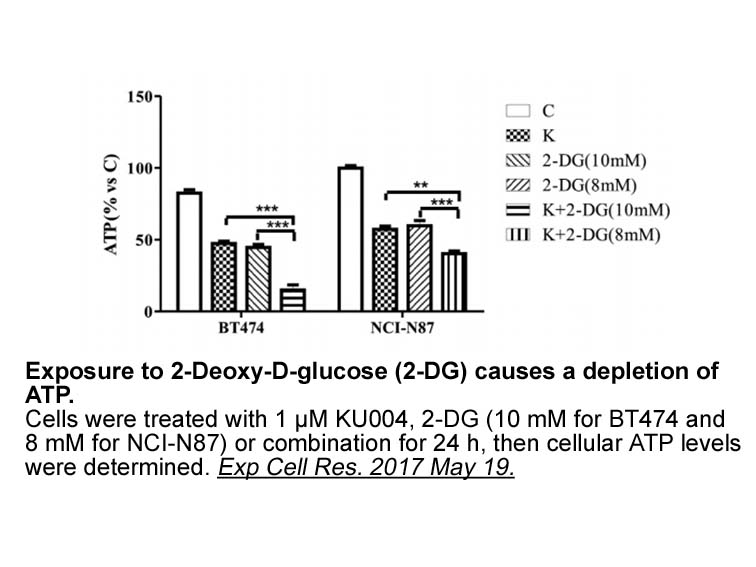
In fact, serotonin is a major modulator of dopaminergic (DA) neuronal activity through the 5-HT2C receptor. Studies have shown that the selective 5-HT2C receptor agonist Ro60-0175 blocks the burst-firing of mesolimbic DA neurons, which project from the ventral tegmental area (VTA) to the nucleus acc
-
It is important to note that stable amnesia is apparently
2024-08-08
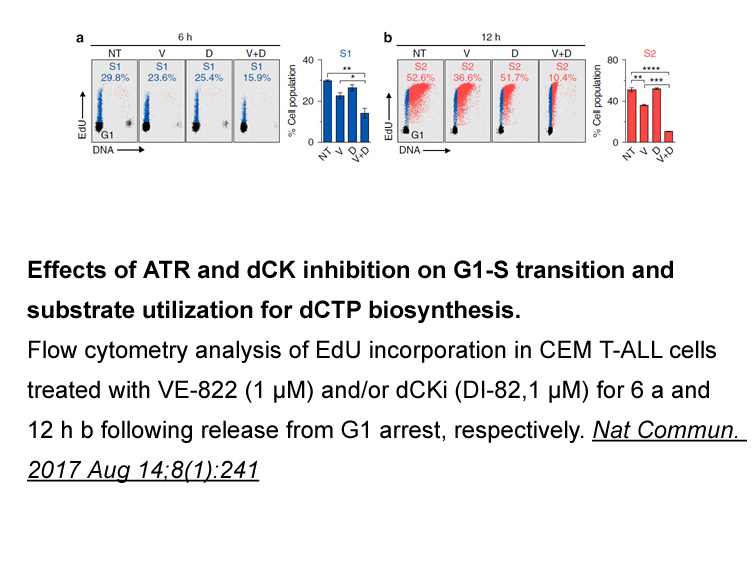
It is important to note that stable amnesia is, apparently, a general biological phenomenon and can be found in different animal species. In studies on rats, it was found that if reconsolidation of conditioned olfactory aversion memory was impaired by the antagonist of NMDA glutamate receptors, amne
-
br The role of cytochrome b with cytochrome
2024-08-08
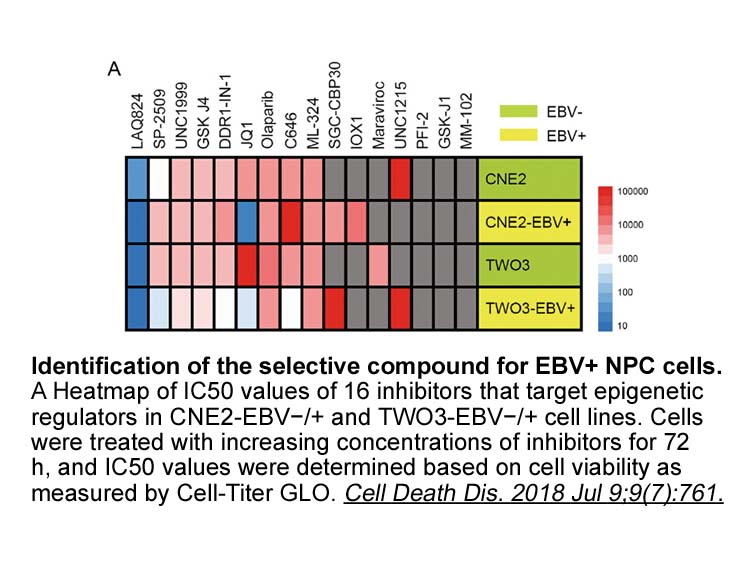
The role of cytochrome b5 with cytochrome P450 17α-hydroxylase/17,20-lyase Conclusion Acknowledgments LLM and RJR wish to thank the Australian Research Council and the National Health and Medical Research Council of Australia for funding. The problem One area of modern medicine that con
-
Five alternatively spliced isoforms of ATX
2024-08-08
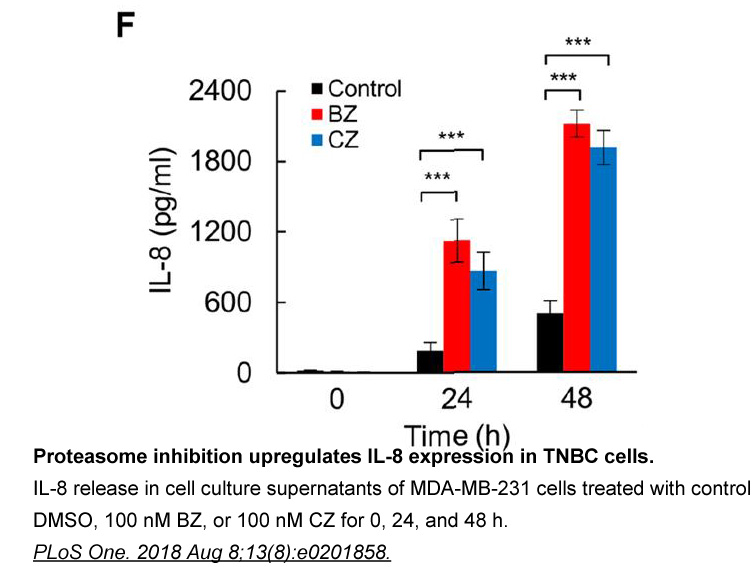
Five alternatively-spliced isoforms of ATX have been described and all are catalytically active [16], [17]. The original ATX described in 1992 is termed ATXα, whereas the most abundant isoform is ATXβ and is the same isoform responsible for plasma lysoPLD activity [18]. Full length ATX is synthesize
-
For the TSH receptor signaling
2024-08-08

For the TSH receptor, signaling at the Golgi/trans-Golgi network appears required for both rapid effects of TSH − such as Octreotide acetate depolymerization, which is implicated in thyroglobulin reuptake and, thus, thyroid hormone release − and late ones, such as those on gene transcription. Conti
-
Chloroquine br Funding This work was supported
2024-08-08
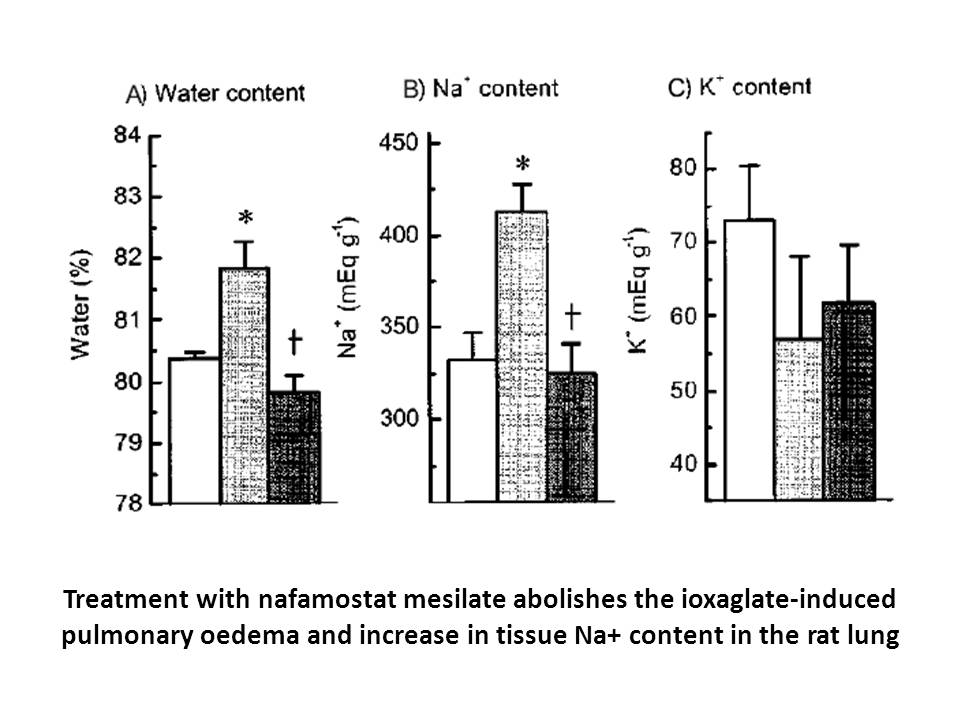
Funding This work was supported by the National Natural Science Foundation of China (grant No. 81573664). Thanks to Jing-xian Yang from the Pharmacology Laboratory of Liaoning University of Traditional Chinese Medicine for support with technology and experimental equipment. Disclosure Confl
15005 records 54/1001 page Previous Next First page 上5页 5152535455 下5页 Last page